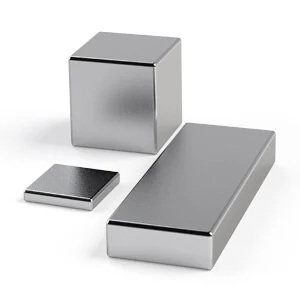Rare Earth Magnets

The rare earth elements used in these magnets include neodymium, praseodymium, dysprosium, and terbium, among others. These elements have unique magnetic properties that make them ideal for use in permanent magnets. They are also relatively abundant, although the mining and extraction process can be complex and costly.
One of the key advantages of rare earth magnets is their incredible strength. They can produce magnetic fields that are much stronger than those produced by other types of magnets. This means that they can be used in smaller devices or can produce more powerful forces than other types of magnets.
Rare earth magnets are also highly resistant to demagnetization, meaning that they can maintain their magnetic strength over long periods of time. This makes them ideal for use in applications where a consistent magnetic force is required, such as in motors or generators.
However, there are also some disadvantages to using rare earth magnets. For one, they are more brittle than other types of magnets, which can make them prone to cracking or breaking. They also have a relatively low maximum operating temperature, which can limit their use in some high-temperature applications.
There are also environmental concerns associated with rare earth magnets. The mining and extraction process can be highly polluting, and the waste products produced during the process can be toxic. There are ongoing efforts to develop more sustainable and environmentally friendly methods for producing these magnets.
Despite these challenges, rare earth magnets remain an important and highly valued technology. Their unique properties make them essential for many modern devices, and ongoing research is likely to uncover even more applications for these powerful magnets in the years to come.
